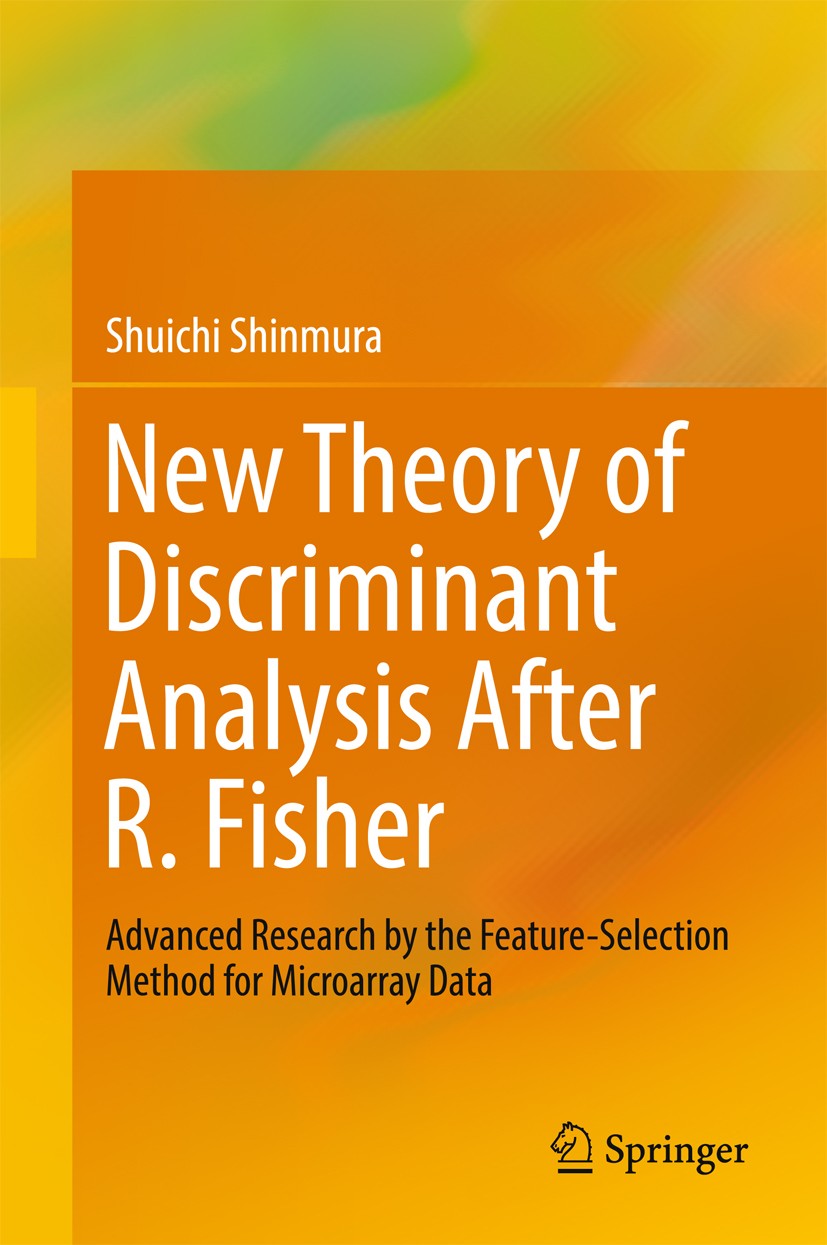| 书目名称 | New Theory of Discriminant Analysis After R. Fisher | | 副标题 | Advanced Research by | | 编辑 | Shuichi Shinmura | | 视频video | http://file.papertrans.cn/666/665851/665851.mp4 | | 概述 | Compares eight LDFs by seven different kinds of data sets from the points of view of M2 and 95% CI of the coefficient.Presents solutions for five serious problems of discriminant analysis and finds im | | 图书封面 |  | | 描述 | This is the first book to compare eight LDFs by different types of datasets, such as Fisher’s iris data, medical data with collinearities, Swiss banknote data that is a linearly separable data (LSD), student pass/fail determination using student attributes, 18 pass/fail determinations using exam scores, Japanese automobile data, and six microarray datasets (the datasets) that are LSD. We developed the 100-fold cross-validation for the small sample method (Method 1) instead of the LOO method. We proposed a simple model selection procedure to choose the best model having minimum M2 and Revised IP-OLDF based on MNM criterion was found to be better than other M2s in the above datasets..We compared two statistical LDFs and six MP-based LDFs. Those were Fisher’s LDF, logistic regression, three SVMs, Revised IP-OLDF, and another two OLDFs. Only a hard-margin SVM (H-SVM) and Revised IP-OLDF could discriminate LSD theoretically (Problem 2). We solved the defect of the generalized inverse matrices (Problem 3)..For more than 10 years, many researchers have struggled to analyze the microarray dataset that is LSD (Problem 5). If we call the linearly separable model "Matroska," the dataset consi | | 出版日期 | Book 2016 | | 关键词 | Comparison of Eight LDFs; Model Selection by Best Model; 100-fold Cross Validation for Small Sample Me | | 版次 | 1 | | doi | https://doi.org/10.1007/978-981-10-2164-0 | | isbn_softcover | 978-981-10-9546-7 | | isbn_ebook | 978-981-10-2164-0 | | copyright | Springer Science+Business Media Singapore 2016 |
The information of publication is updating

|
|
 |Archiver|手机版|小黑屋|
派博传思国际
( 京公网安备110108008328)
GMT+8, 2025-12-28 17:25
|Archiver|手机版|小黑屋|
派博传思国际
( 京公网安备110108008328)
GMT+8, 2025-12-28 17:25


